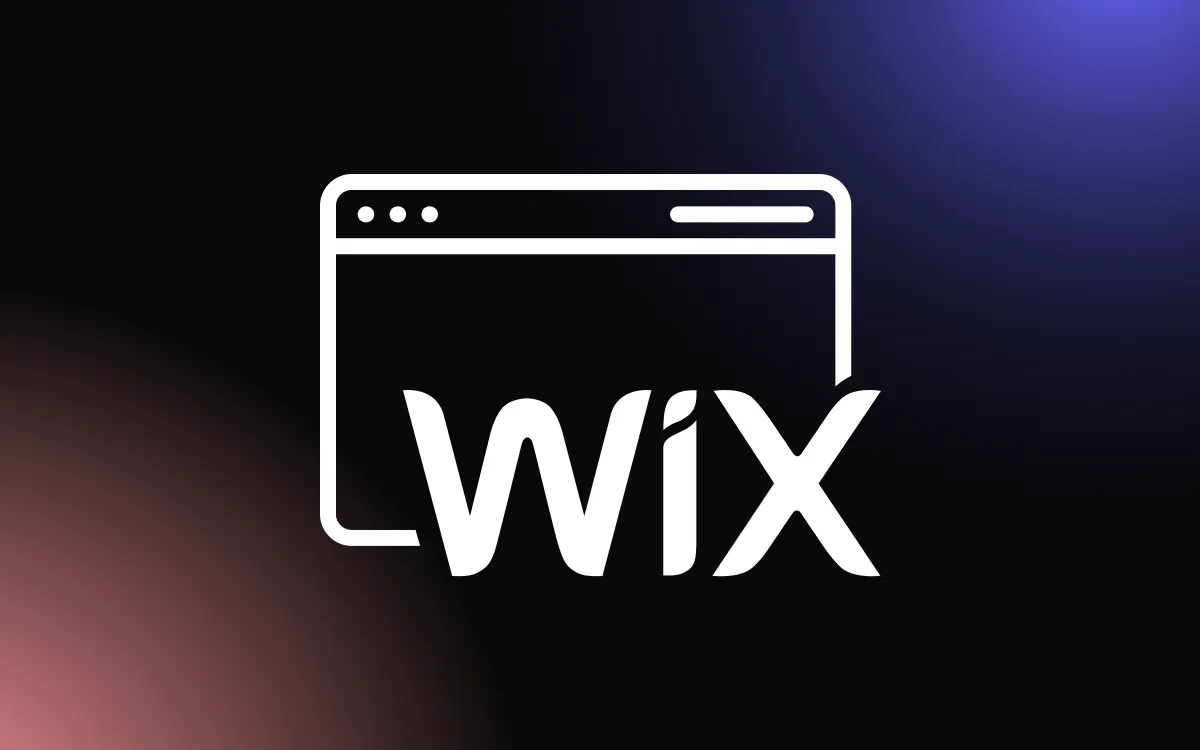
Digital flipbooks are revolutionizing the way content is presented online, offering a dynamic and interactive alternative to traditional PDFs and static web pages. With their sleek, page-turning animation and multimedia integration, flipbooks provide a more engaging experience that captivates users and keeps them interacting with your content longer.
Whether used for catalogs, brochures, or presentations, digital flipbooks add a modern touch to websites, enhancing both user experience and the way information is delivered.
This article will explore why digital flipbooks are becoming the future of content display on websites and how they can transform the way you present your materials online.
Introduction to Digital Flipbooks
Digital flipbooks offer a modern, interactive way to present content online, turning static documents into dynamic experiences. These digital publications simulate the experience of flipping through physical pages, providing a more engaging alternative to traditional PDFs.
What Are Digital Flipbooks?
A digital flipbook is a digital publication that mimics the page-turning effect of a physical book or magazine. It allows users to navigate through pages, zoom in on details, and interact with embedded multimedia elements like videos, links, and images.
Flipbooks are commonly used for brochures, catalogs, magazines, and reports, offering a more visually appealing and interactive experience than standard PDFs.
Evolution from Static PDFs to Dynamic Flipbooks
The transition from static PDFs to dynamic flipbooks represents a significant shift in how content is presented. While PDFs are limited in functionality and often require downloading to view, flipbooks are interactive and accessible directly through a browser, enhancing user engagement.
By integrating multimedia and interactive features, flipbooks elevate the user experience and make it easier to present complex information in an appealing, user-friendly way. This evolution has made flipbooks a popular choice for businesses and content creators looking to make their digital publications stand out.
Advantages of Digital Flipbooks for Web Content
Digital flipbooks offer numerous advantages for presenting web content, transforming static materials into engaging, interactive experiences. The combination of visual appeal, realistic reading simulation, and improved accessibility makes them a versatile tool for enhancing user engagement and content delivery.
Enhancing Visual Engagement
One of the key benefits of digital flipbooks is their ability to enhance visual engagement. Unlike static PDFs, flipbooks offer interactive elements like animations, page-turn effects, zoom functionality, and the ability to embed multimedia such as videos, audio, and hyperlinks.
These features capture the viewer's attention and keep them engaged with the content for longer periods.
The sleek, polished presentation of flipbooks makes them ideal for product catalogs, reports, or portfolios, providing a professional look that elevates the user experience.
Flipbooks are also customizable, allowing you to incorporate your brand’s colors, logos, and design elements to maintain brand consistency.
Simulating a Realistic Reading Experience
Digital flipbooks simulate the experience of reading a physical book or magazine, which creates a sense of familiarity and comfort for users.
The page-flipping motion mimics turning real pages, making the digital experience more tactile and intuitive. This design not only makes the content easier to navigate but also offers a more immersive and enjoyable experience compared to scrolling through a traditional PDF.
This feature is particularly useful for publications like brochures, catalogs, or eBooks, where the structure and flow of the document are important to the overall reading experience.
Improved Accessibility and Usability
Flipbooks are highly accessible and user-friendly across different devices, including desktops, tablets, and smartphones. Their responsive design ensures that content adjusts seamlessly to various screen sizes, providing a consistent experience regardless of the device.
Additionally, interactive features such as clickable links, search functionality, and embedded navigation tools improve usability by helping users quickly find the information they need.
With the ability to access flipbooks directly through a browser, users avoid the hassle of downloading large PDF files, making it more convenient to interact with your content.
Implementing Flipbooks on Websites
Integrating digital flipbooks into your website can significantly enhance the presentation of content, making it interactive and visually appealing. By using effective integration techniques, selecting the right software, and customizing flipbooks to reflect your brand identity, you can create a seamless user experience.
Integration Techniques
When implementing flipbooks on your website, the most common technique is embedding the flipbook directly into a web page using iframes or JavaScript. Many flipbook platforms provide easy-to-use embed codes that allow for smooth integration into any content management system (CMS), such as WordPress or Squarespace.
Another technique is linking to a hosted version of the flipbook, allowing users to view it in a separate tab. Embedded flipbooks are ideal for portfolios, reports, or product catalogs, as they allow users to interact with the content without leaving the website.
Hosting the flipbook externally is a good option when dealing with larger files that may affect site performance.
Choosing the Right Flipbook Software
Selecting the right flipbook software is essential for creating a polished and user-friendly experience. Popular platforms like Flipsnack, Issuu, and Common Ninja’s Flipbook Widget offer comprehensive solutions for converting PDFs into interactive flipbooks.
Key features to look for include multimedia integration, responsive design, and SEO optimization. Ensure the software allows for easy embedding on your website and supports various customization options to match your specific needs.
Customizing Flipbooks to Reflect Brand Identity
Customizing flipbooks to align with your brand is crucial for maintaining consistency across your digital platforms. Most flipbook tools allow you to personalize elements such as colors, fonts, logos, and cover pages. Incorporating your brand’s visual identity into the flipbook design ensures that it feels cohesive with your website and other marketing materials.
Additionally, customizing interactive elements like buttons, navigation icons, and embedded media to reflect your brand’s style enhances the user experience and reinforces brand recognition.
Future Trends in Digital Flipbooks
The evolution of digital flipbooks continues, with exciting trends shaping the future of how content is presented. Technological advances and integration with emerging technologies like virtual reality (VR) and augmented reality (AR) are set to enhance user experiences even further.
Technological Advances
Technological advances in digital flipbook software are making these tools more powerful and accessible.
Features like real-time data analytics, AI-driven personalization, and enhanced multimedia integration are transforming flipbooks into interactive, data-rich experiences.
AI could allow flipbooks to adapt in real-time based on user behavior, offering personalized content suggestions or dynamically adjusting layouts. Additionally, improvements in mobile optimization ensure that flipbooks are responsive and deliver seamless experiences across all devices.
Integration with VR and AR
The integration of virtual reality (VR) and augmented reality (AR) with digital flipbooks is a growing trend that could revolutionize how users interact with content.
AR allows users to experience interactive 3D elements layered over the physical world through their mobile devices, making flipbooks come to life with product demonstrations or immersive storytelling.
Meanwhile, VR can transform the reading experience into a fully immersive environment, where users can "flip" through virtual pages within a 3D space. These technologies offer exciting possibilities for creating more engaging, immersive experiences in industries like education, e-commerce, and publishing.
Conclusion
In conclusion, digital flipbooks represent the future of content display, offering a dynamic and interactive experience that enhances user engagement and content presentation. This article has highlighted the benefits of using flipbooks on websites, from their visual appeal to their ability to integrate multimedia seamlessly.
By adopting digital flipbooks, businesses can present their content in a way that captures attention and delivers information in a more impactful manner. Integrating this technology into your website can set you apart from competitors and provide visitors with a unique, memorable experience.


